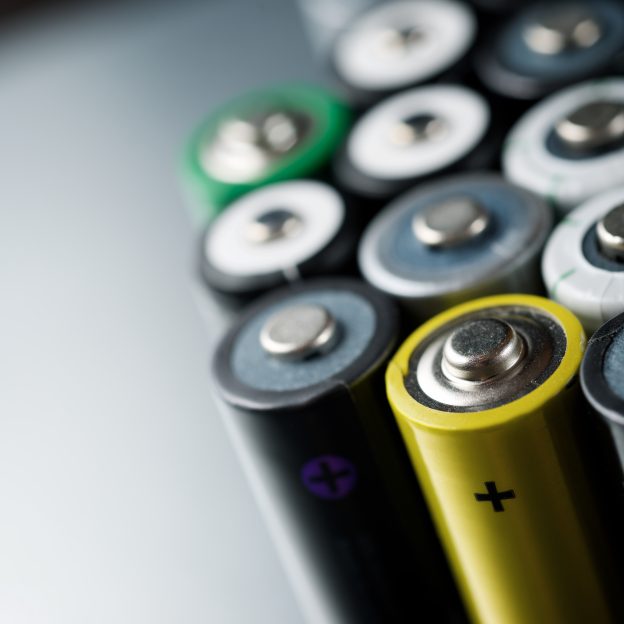Jinko Solar has established a vertically integrated production line in Saudi Arabia and is actively expanding its production capacity and solutions for battery energy storage products. It is expected that the energy storage market in this region will experience substantial growth as relevant infrastructure and regulations improve.
Arthur Sedan, senior sales manager for Jinko Solar Middle East, noted that Saudi Arabia's large-scale energy storage market is expected to grow at an unprecedented rate in the next few years.
As of 2024, Jinko Solar has established a vertically integrated production line in the Middle East from sales to complete production of battery products, Saidan said. Jinko Solar's cell operating production line in the Middle East currently has a capacity of 6 GWh, which is expected to increase to 12 GWh by the end of 2024 and 24 GWh by early 2026. In addition, Jinko Solar's in-house capacity plan for battery solutions in the Middle East region will reach 28 GWh by early 2026. Jinko Solar Middle East is highly committed to energy storage tenders in the region to promote their energy storage solutions. Saidan said they are looking at multiple medium-scale storage tenders ranging from 3 MWh to 40 MWh, as well as other utility-scale energy tenders.
Jinko Solar believes that the Middle East and North Africa market has huge potential for energy storage. Saidan noted that energy storage is a necessity for Saudi Arabia, not a luxury. The same applies to other Middle Eastern countries in the region, such as Yemen, Lebanon, and other neighboring countries. As the power grids of many Middle Eastern countries still need to be strengthened, energy storage technology can reduce the cost of electricity while ensuring the security of power supply in these countries. Jinko Solar believes that although low electricity prices in the Middle East and North Africa region may be one of the obstacles to the development of battery energy storage, there is still great potential for development in the industrial and commercial storage sector. Especially in the Iraqi market, Jinko Solar pointed out that the demand potential for energy storage systems in the region is huge due to the region's poor grid infrastructure construction and high dependence on private energy sources such as diesel generators for power generation.
In addition, Jinko Solar is also focusing on the energy storage market in Egypt. They argue that the agricultural energy storage market in Egypt is particularly critical because many rural farms in Egypt lack grid supply and the use of DC pumped storage systems has continued for many years, and it is necessary to install ESS to extend the pumping time. It is worth noting that the Middle East and North Africa region has become the mainstream market for photovoltaic installations, and there is still huge market potential. In 2023, the installed solar capacity in the MENA region increased by 23% year-on-year, and Egypt led the way.
The Middle East solar industry's Solar Outlook 2024 report says the region is increasingly focusing on renewable energy, particularly photovoltaics. "Solar energy has become an important part of the energy strategies of MENA countries," the report said. "In addition, the region has one of the highest solar energy potentials in the world. The region has an average annual solar irradiance of more than 2,000 kWh per square meter, with prominent countries including Saudi Arabia, the United Arab Emirates, Morocco, and Egypt. Growing along with the demand for PV capacity are battery energy storage systems, the deployment of which is critical to further improve the reliability and economy of the grid.
Jinko Solar also noted that Jordan, the United Arab Emirates and Palestine are adopting energy storage solutions to address infrastructure challenges, such as peak demand for C&I and utilities, demand management and frequency regulation. Saidan revealed that Jordan is likely to issue regulations on energy storage installations in the coming months. Regarding battery prices, Saidan noted that due to technological advancements, increased downstream demand and increased upstream production, battery costs have fallen significantly, by 50% in the last five years and by 30% in the past year alone, with the current utility-scale battery price of around US$150 - 200/kWh.
According to Bloomberg NEF, the MENA region is expected to have 2.1 to 3 GWh of installed capacity annually by 2026. Saidan believes this forecast underestimates the potential of the MENA market. Many utility-scale projects have significant potential over the next two years and are expected to drive the growth of the energy storage market in the region.







